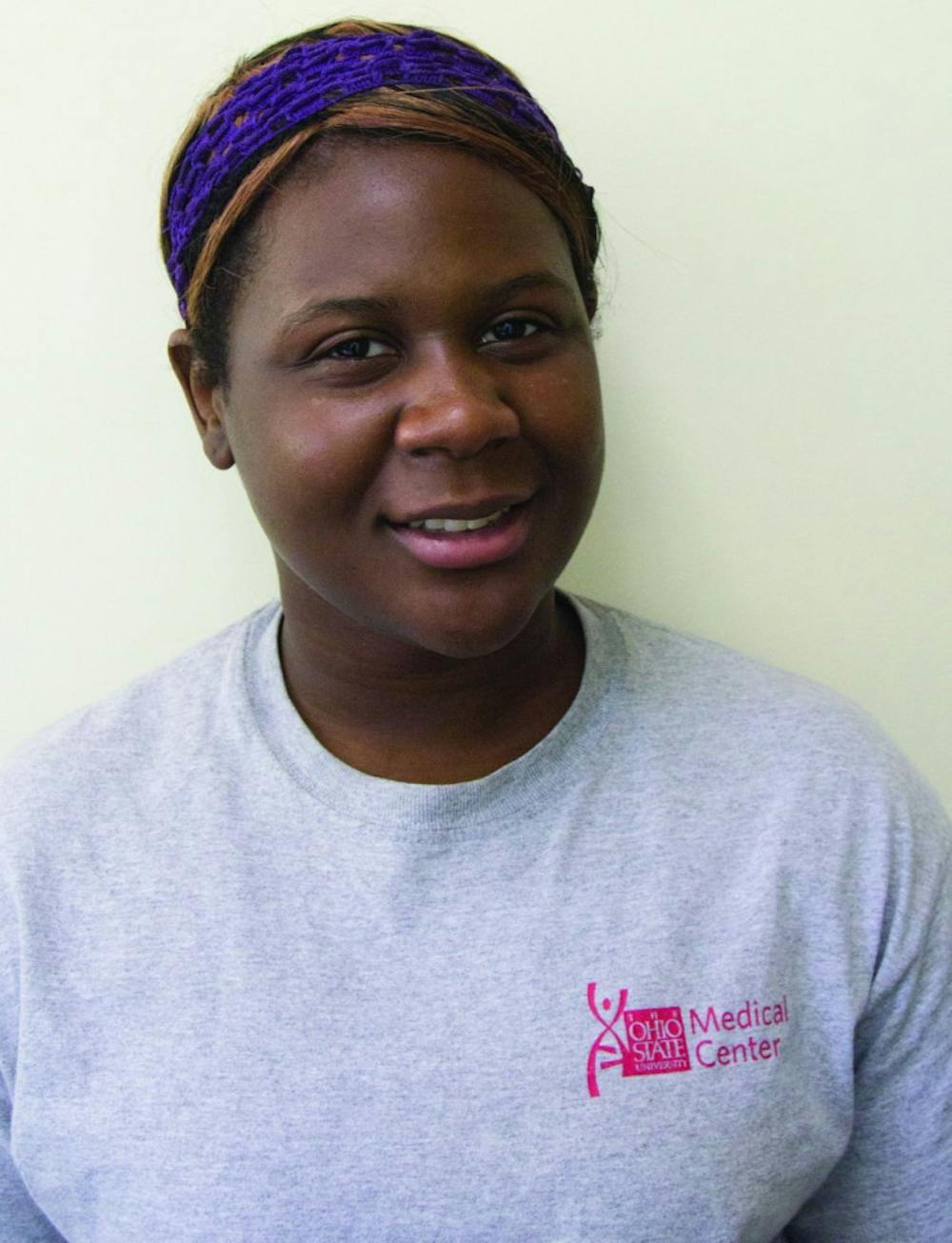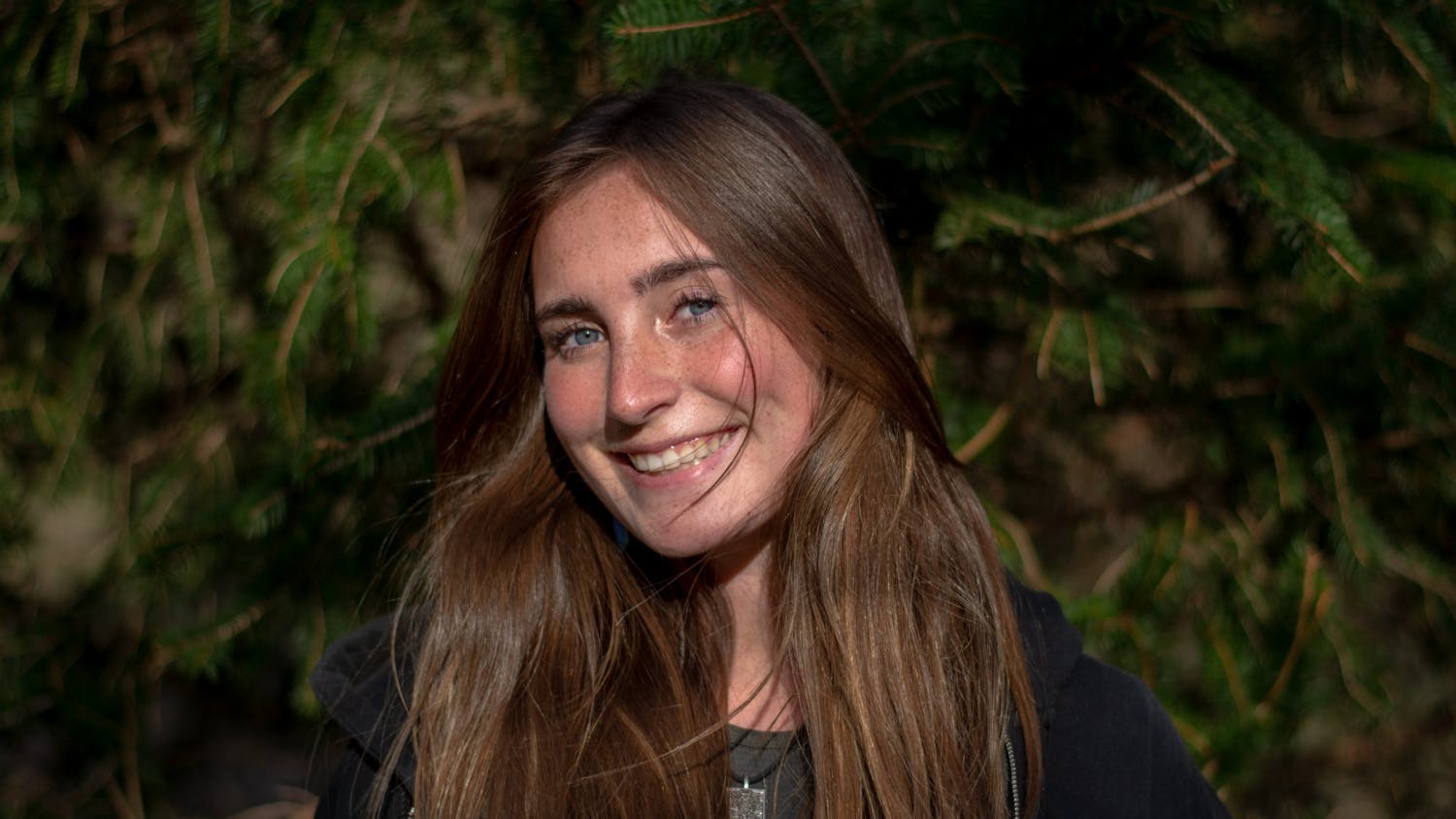How does dance contribute to the social and artistic elements of a culture?
How does dance contribute to the social and artistic elements of a culture?
It is a representation of the fusion of individualism, cultural representation, social interaction, expression and liberation that every individual possesses. Specifically, social dances are essential to its surrounding cultures, as they perpetually depict the social rituals, characteristics, traditional practices, and collectivism of every individual who embodies them.
Popular dances such as the Bachata, Merengue, Salsa, and Flamenco originate from several Spanish-speaking countries in the world, including Cuba, the Dominican Republic, and Spain. Each dance has its own history and story to tell. Understanding its history and impact on the social community creates a strong bond among the dancers and observers.
Bachata is a partner dance that originated in the Dominican Republic but also is danced widely throughout the world. There are two styles of the Bachata dance: Dominican style and Western Traditional style. Both styles consist of three steps, followed by a tap that is often accompanied by a “pop” of the hip. The Dominican style is performed all over the Caribbean and includes faster movements (with the fast-paced Bachata music), more footwork, turns, and improvisational movements. The dancers can decide between open and closed positions or even alternate between the two.
Merengue is another social dance that originated in the Dominican Republic in the 19th century and has since become a standard dance practice for many countries in South and Central America, the Caribbean, and several cities in the United States. It is written in 4/4 time—4 beats to a bar of music—with the dancers moving on every beat. Merengue is fun and easy to learn. The only thing you need is a partner, energy, and a happy spirit.
For Flamenco, there is speculation about when the dance first appeared, and it’s clear that the dance is an important Spanish art form in southern Spain. The Flamenco consists of three parts: El Cante (“the song”), el toque (“the guitar”), and el baile (“the dance”) and is often performed at weddings, parties, and social events. Hand-clapping is another key element of Flamenco. The guitarist, dancer, and singer share a connection on stage that is overt to the observing audience. There’s so much chemistry among the performers that even the audience shares that connection.
Salsa is another popular social dance that originated in New York in the mid-1970s. It incorporates movements of earlier dance forms: Swing dance, Cha-cha, Mambo, Afro-Cuban, and Afro-Caribbean dances (Pachanga and Guaguanco). Its roots are based on different genres of music, like Puerto Rican and Cuban Son rhythms. This dance is generated by fast movements, rapid speed, close interpersonal connections, twists, turns, body rolls, attitude and dancer interaction. While there are differentiating styles of salsa, which include different levels of experience, it is an international dance commonly performed at night clubs, bars, ballrooms, restaurants and some outdoor festivals. The dance always entices the audience and the performers.
Juannie Williams is senior studying English and Spanish. Email her jw206410@ohio.edu.






